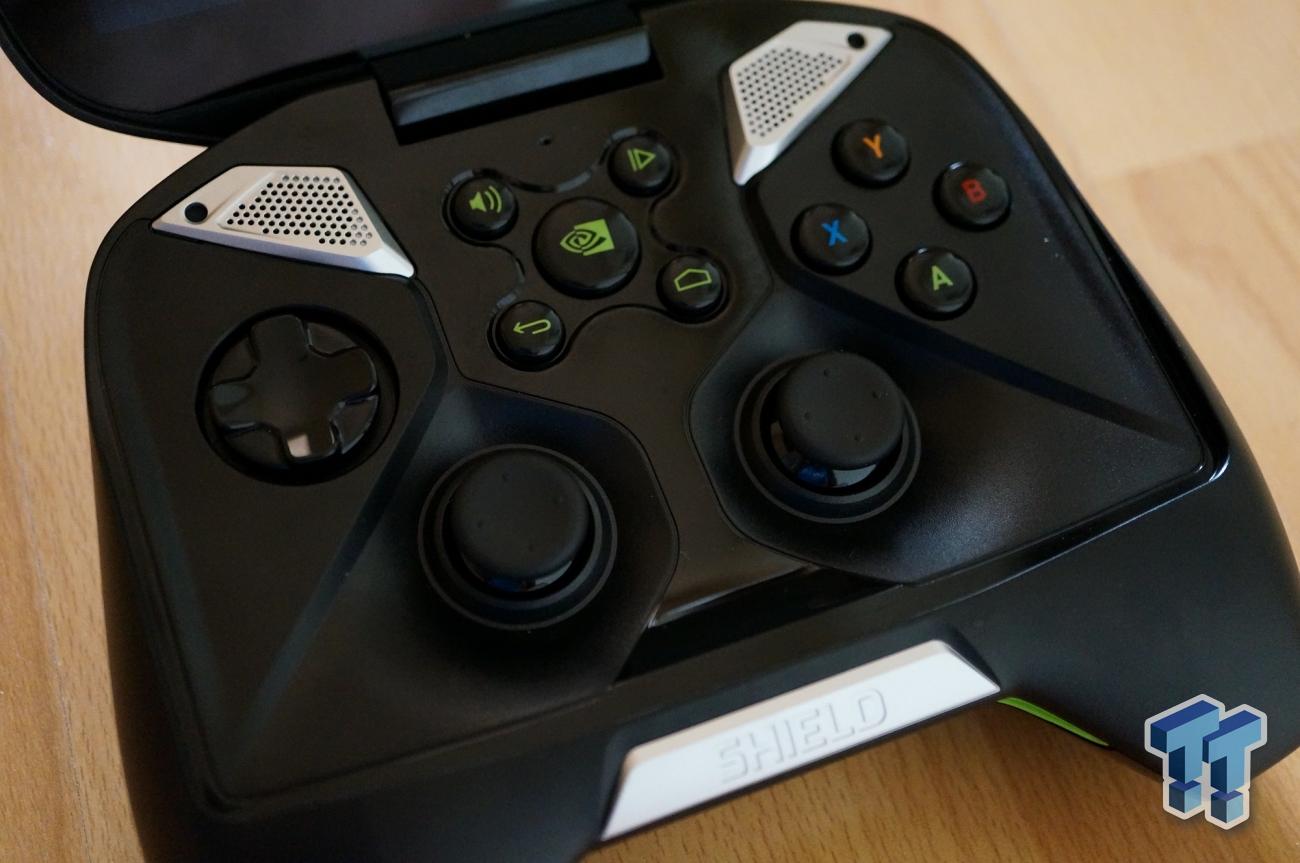
The performance charts below outline our experience with this new Pascal laptop GPU.
#Vr desktop with 1080 p invidia card Pc#
Previously, both the Rift and the HTC Vive required high-end desktop graphics cards, and the only way to use VR hardware with a laptop was to use one of the very small handful of systems with Nvidia's shrunken-down version of the desktop GeForce 980 GPU, such as the Origin PC Eon17-SLX or the Acer Predator 17X.ĭespite the desktop designation listed here, this is actually our Asus G752 laptop with the new mobile Nvidia 1070 GPU. The first difference in this new version is that we were able to hook up and use an Oculus Rift VR headset, using the HDMI port on the side of the system. We've previously tested and reviewed the same laptop earlier this year with the GeForce 970M GPU, so it's a product we've very familiar with. This is an Asus ROG G752 gaming laptop, with the new Nvidia GeForce GTX 1070 GPU.

We've already had a chance to test one of the first laptops with a new Nvidia GPU. Hands-on with the new Nvidia GeForce 1070 Nvidia is also aggressively supporting overclocking, including factory overclocking for laptop GPUs for the first time, where a PC maker tweaks a card for extra performance before sending it to you. The new 10-series GPUs are capable of running many new games at full-HD resolution at above 120 frames per second, or at 4K resolutions at above 60 frames per second. And, some of these VR-ready laptops will be as thin as 18mm or as light as 4 pounds (1.8kg).

This means that rather than just the small handful of models with GeForce 980 desktop chips, many new gaming laptops will support VR, and at prices expected to be as low as $1,300 in the US. There are some very slight spec differences, based on size and power/cooling needs, but Nvidia says the performance should be within 10-percent of an equivalent desktop card, and show as much as a 76-percent performance boost over the previous generation of mobile graphics chips. The message from Nvidia is that there are now no significant performance differences between laptop and desktop gaming. One big difference from the previous generation, code-named Maxwell, is that the M designation has been removed from the mobile product names, so the successor to the GTX 980M is now called the GTX 1080, not the 1080M. The new GeForce GTX 1060, 10 GPUs are part of what Nvidia calls its Pascal architecture. The new laptop-friendly GTX 10-series claims to offer a dramatic increase in performance over previous mobile GPUs, and supports virtual reality, which could be a real game-changer for gaming laptops. There are already around 20 million gaming laptops in gamers' hands right now, according to GPU-maker Nvidia, and the company hopes its new generation of mobile graphics hardware will grow the category even further. VR aside, gaming laptops have been the more interesting story over the past several years, with great leaps in performance, design and portability. While we've paid a lot of attention of late to traditional PC gaming desktops, because of their near-monopoly on the ability to run virtual reality hardware, that may be about to change.


 0 kommentar(er)
0 kommentar(er)
